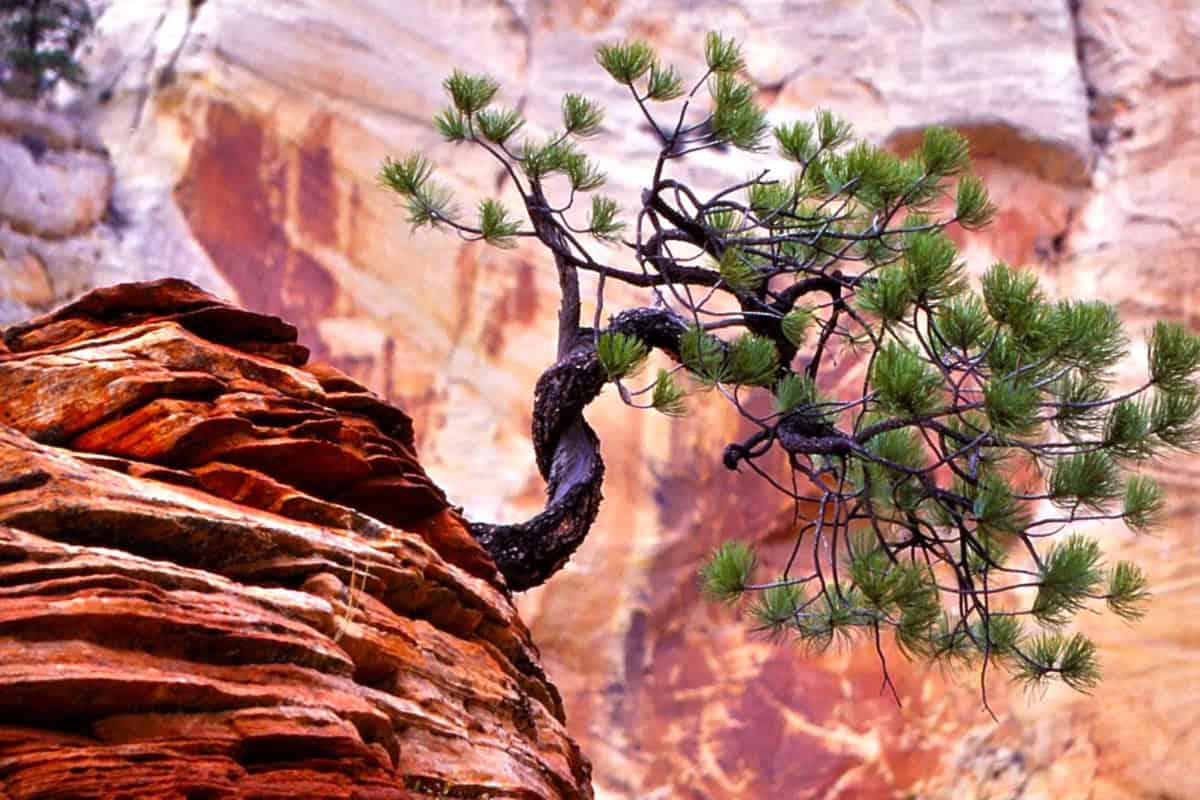
This comprehensive Piñon firewood profile explores the unique “hardwood of softwoods,” delivering an impressive 23,000 BTUs per cord with distinctive southwestern characteristics.
Whether you’re planning outdoor fire pit gatherings or need aromatic heat with natural pest-repelling properties, piñon pine offers exceptional performance that bridges the gap between softwood convenience and hardwood heat output.
Quick Reference Stats
- Wood Type: Softwood (with hardwood characteristics)
- BTU Rating: 23,000 BTUs per cord
- Ease of Splitting: Easy to Moderate (4/5 scale)
- Seasoning Time: 8-18 months
- Smoke Production: Low (when seasoned)
- Spark/Pop Factor: Moderate
- Scent Profile: Exceptional – Sweet pine aroma with southwestern character
Overview & Identification
Piñon stands as the unique crossover choice for fire pit enthusiasts who want the convenience of softwood processing with hardwood-level heat output.
This remarkable wood delivers exceptional aromatic qualities while maintaining surprisingly high BTU performance. Many consider it the perfect choice for outdoor fires and southwestern ambiance.
Common Names: Piñon, Pinion, Pinyon Pine, Colorado Pinyon, Two-needle Pinyon
Scientific Name: Pinus edulis (family Pinaceae)
Tree Characteristics: Small, slow-growing tree reaching 10-30 feet tall. Features distinctive flat, rounded crown with dark green needles in pairs measuring 1½ inches long. Produces edible pine nuts that are commercially harvested.
Geographic Distribution
Where You’ll Find It: Native to the high desert regions of the southwestern United States, primarily the Colorado Plateau spanning New Mexico, Arizona, Colorado, and Utah. Also found in parts of Nevada and Mexico.
Availability: Regional specialty wood with excellent availability in southwestern markets, premium pricing elsewhere
Growing Conditions: Thrives in dry, high-elevation environments between 4,000-7,000 feet. Extremely drought-tolerant and adapted to harsh desert mountain conditions.
Burning Characteristics
Heat Output & Performance
- BTU Content: Outstanding performance for a softwood, rivaling many hardwoods at 23,000 BTUs per cord
- Burn Duration: Burns longer than typical softwoods while maintaining steady heat output
- Coaling Properties: Piñon forms better coals than most pines, though not matching premium hardwoods
- Flame Characteristics: Steady, attractive flames with minimal spitting when properly seasoned
Ignition & Fire Management
- Ease of Lighting: Very easy to ignite due to natural resins – excellent fire starter
- Best Fire Stage: Outstanding kindling and excellent primary fuel for outdoor applications
- Burn Rate: Moderate consumption provides good burn time for a softwood
- Heat Consistency: Reliable, steady heat output with predictable performance
Sensory Experience
Smoke Profile
- Smoke Volume: Low smoke production when properly seasoned
- Smoke Color: Light, clean smoke that disperses well
- Smoke Flavor: Distinctive pine flavor – excellent for certain cooking applications
- Creosote Production: Low when adequately seasoned, higher if burned green
Sound & Visual
- Crackling/Popping: Moderate crackling and occasional popping – adds to outdoor ambiance
- Sparking Tendency: Some sparking tendency – use caution in open fire applications
- Flame Appearance: Beautiful, steady flames with pleasant golden-orange color
Aroma
- Burning Scent: Exceptional sweet pine fragrance that evokes southwestern landscapes
- Pleasant Factor: Highly prized – creates distinctive “high desert” atmosphere
- Intensity: Strong, characteristic aroma that’s immediately recognizable
Processing & Preparation
Splitting Characteristics
- Ease of Splitting: Generally easy to split by hand, though crotch wood can be challenging
- Grain Pattern: Often contains knots and irregular grain, but usually cooperative
- Tools Needed: Splitting axe handles most pieces, maul for tougher sections
- Best Splitting Conditions: Best split when green – seasons faster and becomes denser when dry
Seasoning Requirements
- Drying Time: 8-12 months in dry climates, 12-18 months in cooler, humid areas
- Moisture Content: Target 15-20% moisture content for optimal burning performance
- Seasoning Tips: Seasons relatively quickly due to low initial moisture and resinous nature
- Storage Considerations: Stack with good airflow – Piñon’s resin content helps resist rot
Processing Notes
- Chainsaw Considerations: Cuts cleanly but resin can gum up chains – keep cleaning supplies handy
- Bark Characteristics: Distinctive bark pattern aids identification during processing
- Handling: Moderate weight – lighter than hardwoods but denser than most softwoods
Specialized Uses
Cooking Applications
- Cooking Suitability: Good for specific cooking applications where pine flavor is desired
- Flavor Profile: Imparts distinctive piney taste – excellent for southwestern cuisine
- Cooking Stage: Good for grilling meats that pair well with pine flavoring
- Food Safety: Safe for cooking but flavor may not appeal to all palates
Pest Control
- Insect Repelling: Excellent natural mosquito and insect repellent properties
- Active Compounds: Natural pine compounds effectively discourage many flying insects
- Application Method: Simply burning provides significant pest control benefits for outdoor gatherings
Pros & Cons
Advantages
- Exceptional BTU output for a softwood – rivals many hardwoods
- Easy to split and process compared to dense hardwoods
- Faster seasoning time than most quality firewoods
- Outstanding natural aroma creates wonderful ambiance
- Excellent pest-repelling properties for outdoor use
- Easy to ignite – superior fire-starting characteristics
- Unique southwestern character and authenticity
- Produces edible nuts as bonus harvest
Disadvantages
- Regional availability limits access in many areas
- Premium pricing outside southwestern markets
- Some sparking tendency requires caution in open fires
- Distinctive flavor may not suit all cooking applications
- Burns faster than premium hardwoods
- Resinous nature can make handling sticky
- Limited to smaller tree sizes affects log dimensions
Best Practices & Tips
Fire Pit Optimization
- Ideal Fire Size: Perfect for small to medium outdoor fires and chimineas
- Mixing Recommendations: Excellent standalone or mixed with juniper for authentic southwestern experience
- Safety Considerations: Monitor for sparks – use spark screens in sensitive areas
- Weather Suitability: Outstanding performance in dry climates, good in most conditions
Purchasing & Storage
- What to Look For: Dense, resinous pieces with good knot structure and fresh pine scent
- Pricing Expectations: Premium pricing – typically 30-50% above standard firewood
- Storage Lifespan: Excellent storage characteristics – resin content prevents decay
Bottom Line
Piñon represents the premium choice for fire pit users who value distinctive character, natural pest control, and exceptional aroma alongside solid heat performance.
While it commands premium pricing and regional availability, the unique southwestern experience and impressive BTU output make it worth seeking out for special occasions and outdoor gatherings.
Best For: Outdoor entertaining, southwestern ambiance, natural pest control, unique fire experiences, and those who appreciate distinctive regional character
Skip If: You need budget-friendly options, maximum burn time, neutral cooking flavors, or have spark-sensitive fire locations
For the complete breakdown of Piñon’s technical specs and performance ratings, our detailed quick reference table below gives you all the hard numbers to support your firewood decision.
Related Resources: Piñon Firewood Profile
Last updated: 8/16/2025


